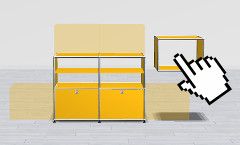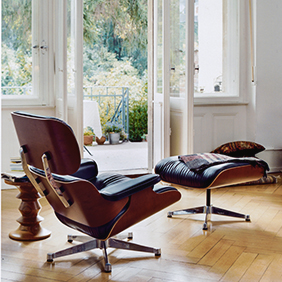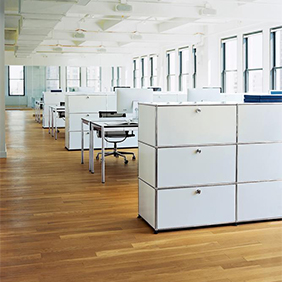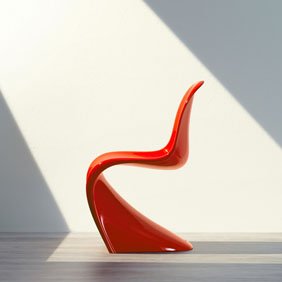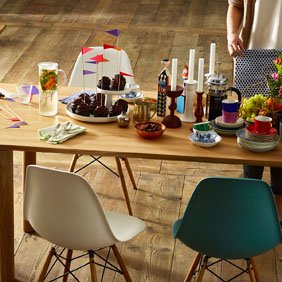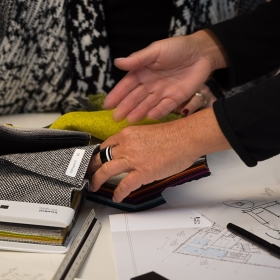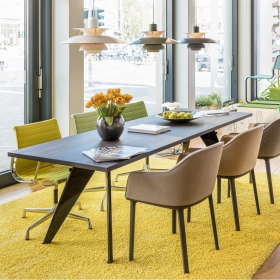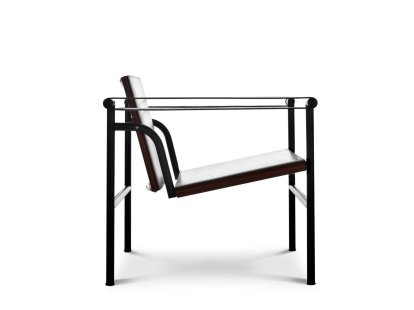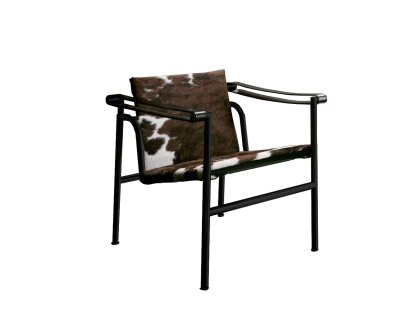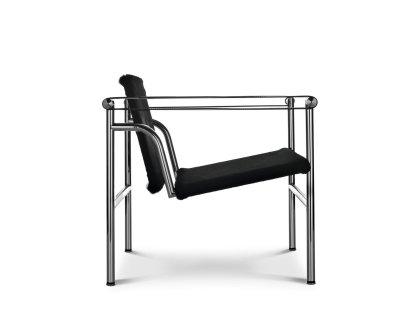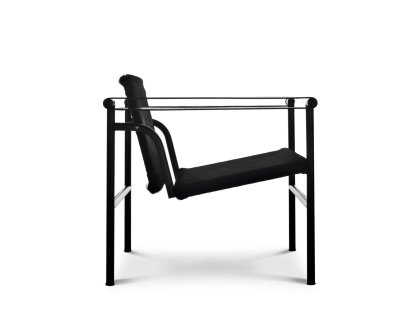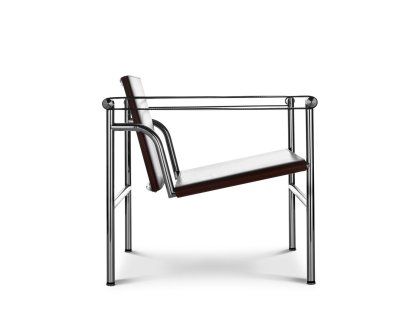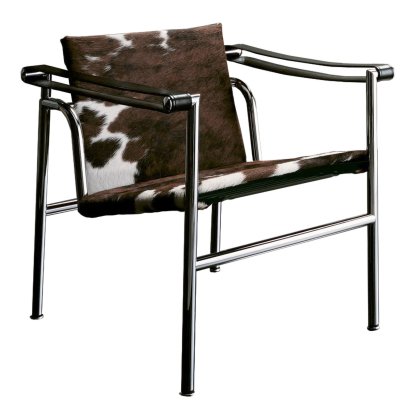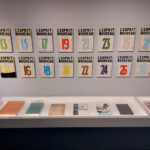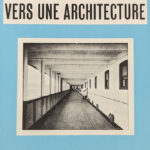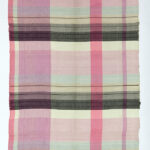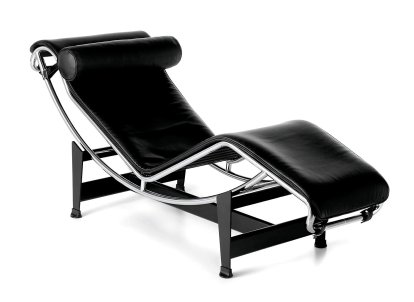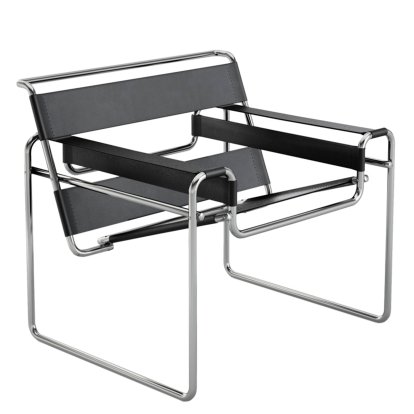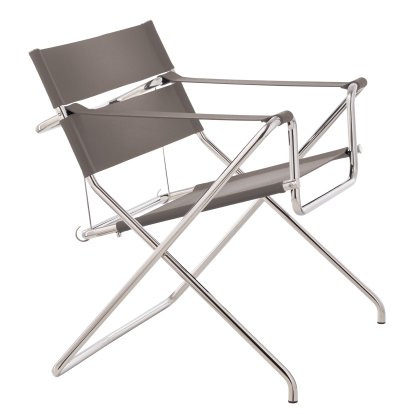5 New Architecture & Design Exhibitions for September 2025: Switzerland Special
...Die Domaine de Boisbuchet zu Gast" at the Gewerbemuseum, Winterthur, Zürich In 1937 the French artist Amédée Ozenfant, that long-time collaborator with Le Corbusier, before they spectacularly fell out, opined, "The experiences of the scientist Charles Henry have shown that colour sensation precedes that of form... 20,000 year old paintings of the Grotte de Lascaux near Montignac, France, over the avant-gardes of the 1920s and 30s, including works by the likes of Alvar Aalto or Le Corbusier - possibly Le Corbusier & Amédée Ozenfant, but probably not - and on to contemporary uses, but also via the results of workshops and residencies at Domaine de Boisbuchet...

